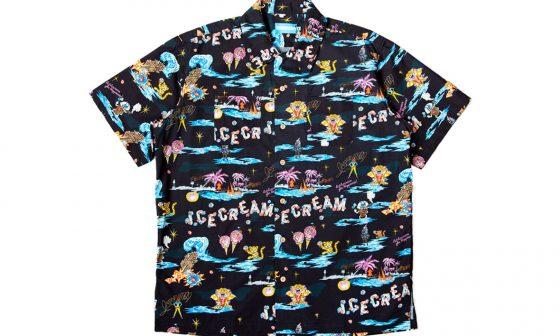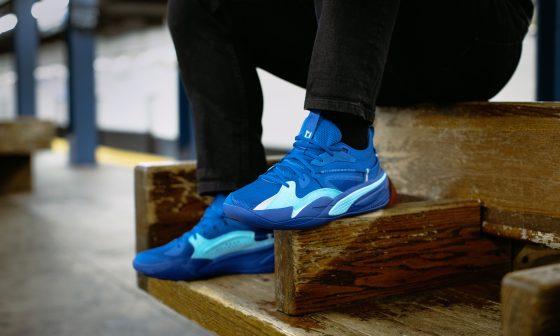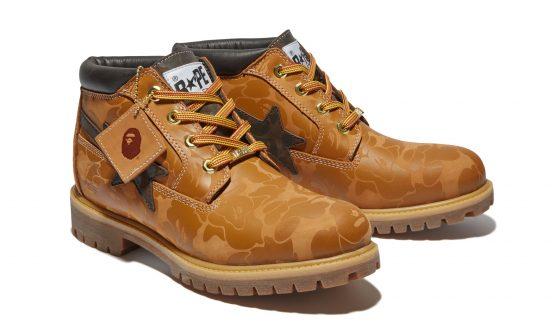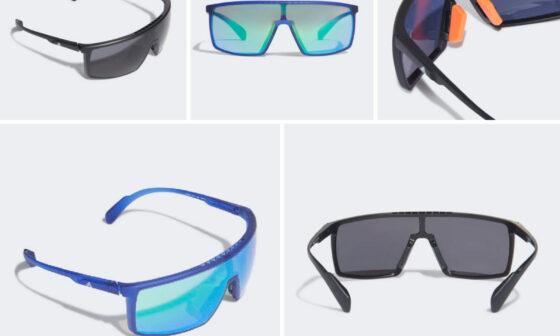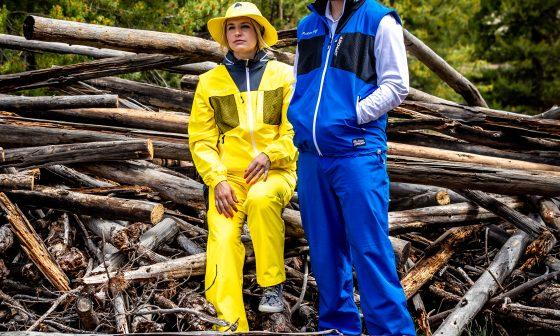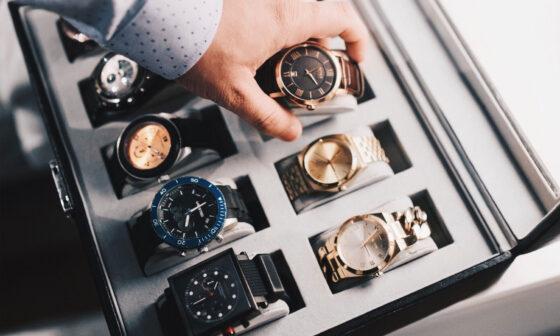What was once a niche hobby for collectors became a multibillion-dollar global phenomenon over the last decade, and with it comes the darker side of the industry: counterfeit sneakers. Once relegated to obvious knockoffs being sold on street corners, fake shoes have graduated to nearly indistinguishable replicas that are flooding the market and even fooling seasoned collectors and professional authenticators.
Today, the industry in counterfeit sneakers is such a money-maker, and the problem has grown so rampant that it could shake the very legitimacy of the entire sneaker resale market. A closer look at how such a seemingly improbable fake sneaker industry managed to balloon into such an alarming scale-and why even experts can’t really tell the difference between real and fake-is in order.
The Scale of the Counterfeit Sneaker Industry
The global clone market is huge, estimated at more than $450 billion annually; this chunk of the trade taken by sneakers is immense. While it’s tough for an exact number to be pinned down, experts believe that fake sneakers account for nearly 20% of all sneakers sold on the secondary market. The rise of online resale platforms such as StockX, GOAT, and eBay-all promising authenticity guarantees-has opened up very lucrative opportunities for counterfeiters to exploit the trust of buyers.
In the old days, fake sneakers were rather easy to come by with their obvious differences in materials, stitching, and logos. However, today’s counterfeiters have stepped up their game. Today’s high-quality fakes are actually called “UA” or Unauthorized Authentic sneakers, made with the very same materials and the same way that a real pair of sneakers is made. Simply put, this makes it almost impossible to trace any difference from real ones. That’s how convincing they are, and sometimes even experienced authenticators get fooled.
Why It’s So Hard to Spot a Fake
The reason why counterfeit sneakers are also getting increasingly hard to distinguish is because of the sophistication involved in the production process. Most counterfeit manufacturing plants are based in countries where legitimate sneakers are also manufactured, especially in China. Several factories producing authentic sneakers have been involved in making versions of unauthorized pairs using exactly the same molds, materials, and techniques, which blur the line separating real and fake.
For example, a counterfeit Nike Air Jordan might be made of exactly the same leather, stitched together in exactly the same method, and even come in exactly the same box as the real ones. Because it was not properly licensed by Nike in the first place, though, it’s technically a counterfeit. These counterfeits are so close to the real thing that even professional authenticators at resale companies often have to employ specialized equipment, such as UV lights and magnifying tools, to detect subtle differences. Some of them feature legitimate-looking authenticity tags, replete with barcodes and certificates, which gives the impression that they’ve been through an exacting process similar to what a platform like StockX would subject similar products to. This added level of sophistication makes it all but impossible for any average consumer to discern whether or not a pair is actually genuine, even after doing research.
The Impact on the Sneaker Market
The point is, the prevalence of fake sneakers means multi-wide repercussions, especially in the sneaker resale market. Sneaker collectors live with the nagging fear in their minds of buying counterfeits. The stakes can be high, for some sneakers resell for thousands of dollars. A single fake not only costs several hundreds, or sometimes thousands of dollars of buyers, but it also leads to a loss in the credibility of platforms guaranteeing authenticity. The resale sites, such as StockX and GOAT, have heavy authentication processes in place to counteract the problem, but even they say no system is full-proof. Most specifically, in StockX, in 2019, Nike sued over claims that the company was selling counterfeit versions of its sneakers. StockX vehemently denied the charges, but the lawsuit uncovered a budding concern with authenticity in the sneaker resale market.
The more позор of fake shoes also affected the value of some models that hit the market. Where the marketplace is wholly saturated with counterfeit versions of popular shoes, such as the Yeezy Boost 350 or Air Jordan 1, it’s more difficult for the sellers of legitimate pairs to command premium prices. It further makes potential buyers wary of shelling out top dollar for shoes in fear that even an “authenticated” pair could turn out to be fake.
How Sneakerheads Are Fighting Back
Another effect of this rise can be seen in the way sneakerheads and collectors safeguard themselves: several strategies have been resorted to for safeguarding. The most effective way to avoid fakes is buying directly from Nike, Adidas, or Foot Locker. However, with limited-edition sneakers selling out within seconds of release, many buyers have no choice but to turn to the secondary market.
Another way to fight against this is through specialized apps and websites for the authentication of sneakers. CheckCheck and Legit App are only two of these services: a user uploads pictures of his or her shoes, and then some sort of panel of experts vets the picture of the shoe versus the actual one to show authenticity. While these services are far from foolproof, at the very least, they offer an extra layer of protection to the buyer in the often murky world of sneaker reselling. Social media and forums, such as Reddit’s r/Sneakers, have also emerged as valuable sources of information whereby sneaker enthusiasts share tips on how to identify fakes and keep themselves abreast of the newest developments in the counterfeiting market. These groups have become a haven for sneakerheads to assemble, share knowledge with one another, and help each other through the increasingly tangled web of sneaker authenticity.

The Future of Sneaker Authentication
The faker counterfeit sneakers become, the harder authentication for real ones is going to be. Brands like Nike and Adidas have taken steps in fighting the issue by incorporating technologies into products such as RFID chips and QR codes that let buyers verify a sneaker’s authenticity using a smartphone app. However, it remains to be seen how those technologies will hold up against increasingly sophisticated counterfeiters.
Until then, sneakerheads must remain vigilant and utilize trusted sources and tools to ensure that they purchase the real deal. The counterfeit sneaker industry is showing no signs of slowing down, and as the fakes become even more common and convincing, this battle over the authenticity of sneakers is far from over.
Sneakers at a Crossroads: The Battle to Keep Authenticity Alive
The fake-sneaker industry has become so advanced that it is gradually becoming difficult for collectors, resellers, and even professionals to detect the fakes. Counterfeiters have continuously honed their skills, and the dividing line between what features as an authentic and a fake sneaker is getting thinner. Resale platforms and sneaker brands are trying to eliminate this expanding problem by every means possible, but the truth is that no system in the world is full-proof. Fair as that might be, henceforth, sneakerheads and platforms will be duty-bound to be ever-watchful, using every means at their disposal to protect the sanctity of the field. The future of sneaker collecting may one day rely upon the industry’s ability to keep pace, and moreover, stay ahead of counterfeiters, making authenticity the bedrock of this billion-dollar culture.

